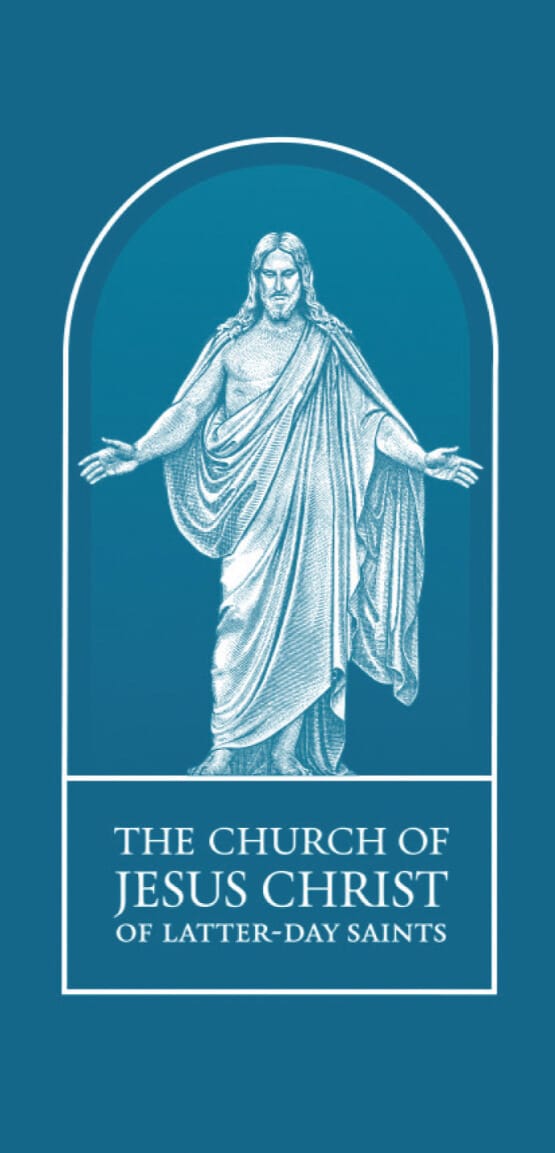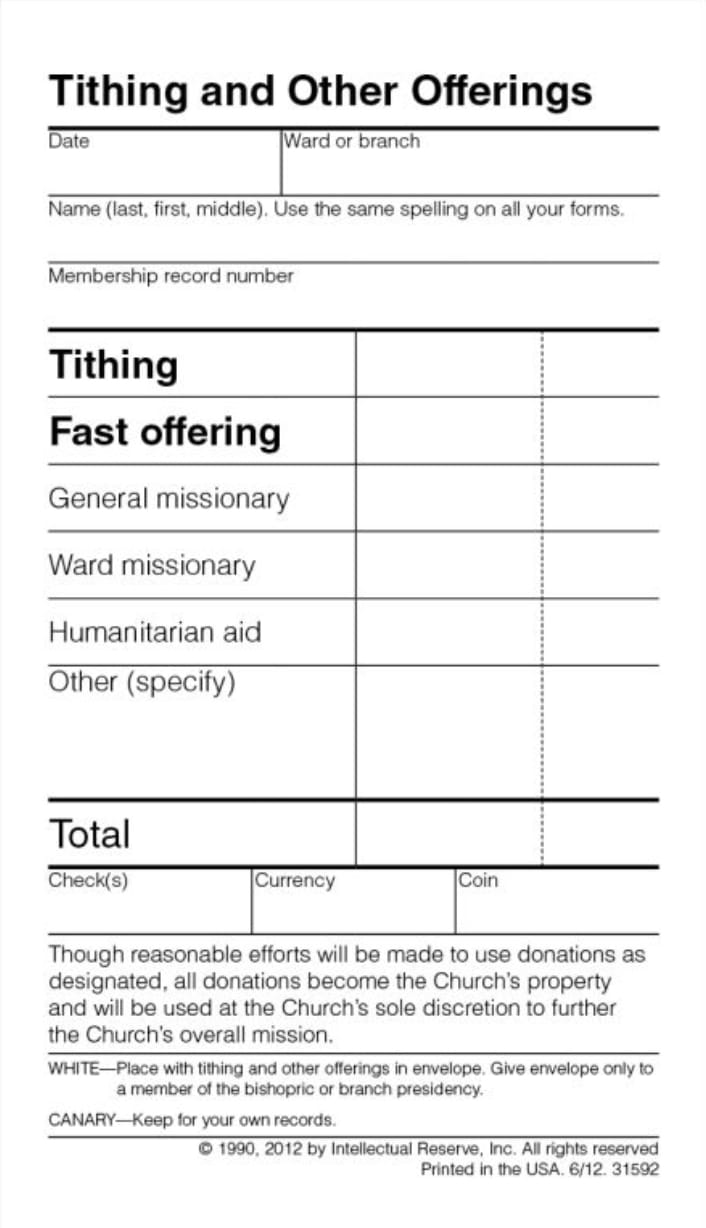In Roughly 45 Days, the LDS Church Will Have Spent Nearly $500 Million to Buy over 105,000 Total Acres of Farm Land in Australia and the U.S.

On Wednesday, 16 October 2024, the Church of Jesus Christ of Latter-day Saints will purchase 46 farms in the United States totaling over 41,000 acres for over $289 million, news likely deemed "material" by the seller's legal counsel, making it imperative the news was publicly disclosed.
However, in doing our research about this information, we found that several Australian media outlets had reported in early September that the LDS Church had spent over $203(US) million to purchase over 64,000 acres of farm land in Queensland, Australia, news apparently not disclosed by the LDS Church or Farmland Reserves (the nearly 100-year-old, nonprofit "integrated investment auxiliary" of the LDS Church).
As such, that pushes the known total of farm land purchased (or about to be purchased) in ~45 days by the LDS Church / Farmland Reserves (and/or its subsidiaries), to over 105,000 acres on two continents at a combined price of over $492(US) million.
The Church of Jesus Christ of Latter-day Saints is generally publicity-shy when it comes to disclosing its financial reserves and/or how and where it chooses to spend its monies, especially those traceable back to the tithes and offerings of its members, money considered to be "sacred," funds that "... must be carefully accounted for and protected."
Hence, I was a bit surprised when I came across a news release the other day stating that the LDS Church was about to drop $289 million to purchase over 41,000 acres of farm land.
So I dug a bit.
Then I dug a little bit more.
And now I believe I have the more complete/comprehensive story.
First: The Announced News
According to a news release distributed last week by Denver, Colorado-based Farmland Partners, Inc. (NYSE:FPI), it has agreed to sell a portfolio of 46 farms totaling 41,554 acres to The Church of Jesus Christ of Latter-day Saints.
This is an all-cash transaction that is slated to close on Wednesday, 16 October 2024 with $289 million changing hands.
Given that Colorado-based FPI only had revenue of $57.5 million in 2023 (ended December 31), a sale of this size was clearly "Material News" for them, meaning they had to formally announce the sale. {See page 9 for a definition of "Material News."}
And the fact that the LDS Church would be the purchaser, the news was even more relevant/newsworthy.
{AUTHOR'S NOTE: There was virtually zero chance that any securities attorney would let the LDS Church not be included in a news release or filing with the the U.S. Securities and Exchange Commission announcing this sale/purchase. Hence, the die was cast.}
That said, the purchase will actually be made not by the LDS Church, per se, but rather through Farmland Reserves, the nearly 100-year-old "integrated investment auxiliary" that its website says is "... a diversified, international investor and operator of agricultural assets."
The website further expands on its mission with this language:
"Farmland Reserve invests in and operates agricultural assets to generate long-term value for The Church of Jesus Christ of Latter-day Saints.... Through our taxable, for-profit AgReserves subsidiary, we grow food that helps feed the world, and we make meaningful contributions in the communities where we live and work."
According to the FPI news release, the "... portfolio (being purchased) includes farms across several regions and states, including Arkansas, Florida, Louisiana, Mississippi, Nebraska, Oklahoma, and the Carolinas."

FPI's President and CEO, Luca Fabbri, says that
“Farmland Reserve is highly respected in the farmland community as a best-in-class owner that manages farms expertly and deals honestly and ethically with its farmer tenants. We strongly believe that our farmer tenants will have an excellent partner moving forward.”
According to, Doug Rose, CEO of Farmland Reserve, and (as his LinkedIn Profile shows) also the President/CEO of AgReserves —
“We’re also gratified they (FPI) saw us as the right buyer for these properties and the farmer tenant relationships that come with them. As an investor with a long-term vision, we look forward to leasing these productive farms to local farmers for many years to come.”
According to Wikipedia, AgReserves has three divisions that operate in over 30 states in the U.S. and in countries such as Argentina, Brazil, Chile, Mexico, Canada, and the United Kingdom.
The three divisions are
- Ranches (dairy and beef with integrated supply chain trace-ability),
- Permanent Plantings (farming of almonds, pistachios, walnuts, pecan, olives, citrus), and
- Row Crops (farming of corn, wheat, alfalfa, carrots, corn, peas, onions, potatoes).
According to its 22 November 2023 article titled "Who’s Buying Nebraska? After shopping spree, Mormon church is top land purchaser," the Flatware Free Press reported that as of the date of its article, the LDS Church owned 365,000 acres in Nebraska, most of it dedicated to cow-calf ranching operations that stretch across the "Sandhill" region of the state through parts of Garden, Grant, Hooker, Morrill, and Sheridan counties.
Additionally, based upon data published on various Wikipedia pages, the LDS Church owns
- ~670,000 acres of land in Florida,
- ~382,000 acres of land in Oklahoma,
- ~41,000 acres of soon-to-be-acquired farm land (as reported in this article),
- ~64,000 acres of newly acquired farm land in Queensland, Australia, as well as
- ~51,000 additional acres of land owned by Farmland Reserve or its subsidiaries, location(s) unknown,
all owned/controlled/managed by Farmland Reserve and/or its subsidiaries.
The "We Are AgReserves" 2024 video; downloaded from YouTube 14 October 2024.
And although not explained by either AgReserves or its parent company (Farmland Reserve), Farmland Reserve is, in fact, a 501(c)(3) nonprofit company, as noted in this ProPublica copy of Farmland Reserve's 2022 Form 990-T tax return as filed 13 November 2023.
Additionally, AgReserves is a for-profit operation arm of Farmland Reserve, with Farmland Reserve apparently purchasing lands, then leasing them to AgReserves to then operate or leases to others to operate.
Second: The LDS Church and its Monies
Since its official founding in April 1830, the LDS Church has grown to have ~6.8 million members in the U.S., ranking it at No. 4 behind
- Catholics, at ~52 million members in the U.S.,
- Southern Baptists, at ~16.2 million members in the U.S., and
- United Methodists, at ~7.8 million members in the U.S..
Globally, Latter-day Saints currently clock in at over 17.25 million members, a mere fraction of the number of
- Muslims (~1.8 billion),
- Catholics (~1.39 billion),
- Hindus (~1.2 billion), or even
- Buddhists (~535 million).
Interestingly, although there is a global leader for the Catholic Church (Pope Francis, obviously), financial responsibilities for the individual parishes and dioceses lie with the local leaders and congregants of the Catholic Church and not with the leadership in Rome or even at the archdiocese level.
Unlike Catholics (which have a centralized, unifying leader), the same cannot be said for the followers of Islam, of Hinduism, or of Buddhism.
Hence, there is no top down leadership, per se, for these three faiths, especially when it comes to financial matters.
This is not the case in the LDS faith.

As such, when a single dime or penny is received from a member in a local congregation, that money is
- Documented as a donation from said member (see above),
- Identified as the type of contribution he/she made,
- Tallied with all other donations made that day (or week, if the donations were electronic), with
- All donations deposited in a local financial institution, with
- Those local deposits eventually transferred into the coffers of the LDS Church as a whole,
- Before determinations are made at the highest levels of the LDS Church how those combined contributions are to be used, including dispersal back to the local congregations for use on the ground around the globe. {See D&C 120 and General Handbook, Section 34.}
{AUTHOR'S NOTE: Yes, I am a Latter-day Saint, devout in fact. I have also served in three separate lay ministry callings where I was involved with financial matters at the LDS Ward level. Not bragging, mind you, just stating fact.}
So, why does understanding this matter as to who has control over LDS assets, especially in light of multiple media reports (and protestations from former/disaffected members of the LDS Church) when it comes to
- How much money the LDS Church has in its coffers?
- And why?
- Let alone, how it spends its monies?
To be clear, I am not employed by the LDS Church nor am I an official or unofficial spokesman for the Church.
However, when one studies the history of The Church of Jesus Christ of Latter-day Saints, it becomes quite clear very quickly that there have been several times throughout its nearly 195-year history where the organization (and its leadership), teetered on the brink of corporate and personal insolvency, bankruptcy, and financial ruin.
In large part, such financial struggles (taken in the contextual framework that Latter-day Saints believe in modern-day revelation, both personal and on a worldwide basis via a living prophet) led in great part to the commandment for all members of the LDS faith to pay an honest and full tithe each year on "their increase," an amount equal to 10%.
With that background as context, here is part of what Gordon B. Hinckley said during his 06 April 1991 evening address at the semiannual conference of the LDS Church:
"I spoke earlier of the reserves of the Church. Prudent management requires that this money be put to use. In that process, we have purchased and hold some good, productive farms. They are well operated under capable management, and they yield a conservative rate of return. We have felt that good farms, over a long period, represent a safe investment where the assets of the Church may be preserved and enhanced, while at the same time they are available as an agricultural resource to feed people should there come a time of need.
"Again, all such commercial properties are taxed under the government entities where they are located. Not only do they pay property taxes, but also income taxes on any profits. So it is with all of the commercial operations of the Church."
{NOTE: At the time, Hinckley was the First Counselor of the First Presidency of the LDS Church, the highest presiding council in the Church, as he explained why the Church had been investing in land.}
So ... why invest in land, especially farm land?
By extrapolation from what Hinckley said, there are two primary reasons:
- Land tends to not only maintain its value, but (over time) it tens to grow in value, and
- When managed properly, farm land can help feed the world (let alone those living nearby).
Which takes us to the second real estate transaction, the one that happened roughly 45 days ago.
Third: The Queensland, Australia Farm Lands Purchase
Based upon what I've pieced together from multiple media reports from the so-called Land Down Under, the LDS Church (through Farmland Reserve's new subsidiary, Alkira Farms), has spent ~$203(US) million to purchase the over 64,000-acre Worral Creek portfolio of seven separate properties in southern Queensland, Australia.
{NOTE: Some U.S.-based media institutions have mistakenly placed the purchase amount at $300 million. That amount referred to Australian dollars, and not U.S. greenbacks, making the actual amount ~$203(US) million.}
According to The Australian Financial Review, "The property produces a diverse range of cereals and legumes, while also running a livestock breeding program and a feedlot."
The purchase also includes ~56,000-acre-feet of water rights, presumably annually. {NOTE: That works out to over 18.3 million gallons/year.}
According to Beef Central, Farmland Reserve/Alkira Farms have engaged Melbourne, Australia-based Warakirri Asset Management to manage the new portfolio.
{NOTE: Other media sources for this information include AgriInvestor, APlus News, FarmOnline, IP&E's Real Assets, Grain Central, and The Weekly Times, among others, each Australian-based media properties.}
Fourth: What Does it all Mean?
At a minimum, presuming all goes according to plan, by end-of-day tomorrow (Wednesday, 16 October 2024), the LDS Church will have acquired over 105,000 new acres of productive farm land, combined, between properties purchased in Australia and the U.S. within a time frame of roughly six weeks.
Total cost: Over $492(US) million.
Is there more to the story? I'm sure there is.
However, as the spokesperson for Farmland Reserves explained in an email response to my inquiry yesterday afternoon, the company "... is not commenting beyond the quotes from our CEO Doug Rose in the Farmland Partners press release that announced the transaction."
So, how much land does Farmland Reserves actually have within its global portfolio?
Honestly, I have no idea.
However, my back-of-the-napkin math suggests it's conservatively over 1.6 million acres of farm and ranch land around the world.
Regardless, I also do not know the asset value of said property.
All is know for sure is what I've reported above: Over 105,000 acres at ~$492(US) million.




Comments ()